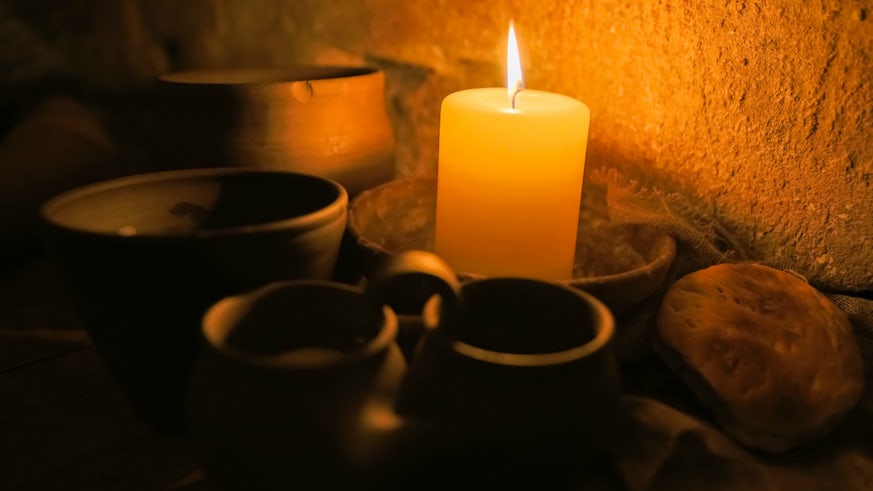How did our medieval ancestors live?
5 August 2016

A Cardiff University archaeologist will lead the archaeological research in a break-through Leverhulme Trust project, combining evidence from both archaeology and history.
Dr Ben Jervis of the School of History, Archaeology and Religion and Dr Chris Briggs of Cambridge University’s Faculty of History are setting out to break new ground in the large-scale study.
Living standards and material culture in English rural households, 1300-1600 will shed new light on living standards, consumption and value systems among medieval people, integrating new evidence from both archaeology and history in the first study of its kind.
The £319,000 project will gather and analyse new archaeological and historical evidence to address three core research questions:
- What goods were owned by ordinary people in the countryside?
- How far and in what ways did the number, type, and value of these possessions vary over time and space?
- How far did peasant possessions differ from those of aristocratic elites and townspeople?
The project will study objects from archaeological excavations and those found by members of the public and reported to the Portable Antiquities Scheme from selected counties across England. These include objects as diverse as cooking pots, jewellery and agricultural tools.
By closely integrating the study of these objects and the examination of historical records it will be possible to understand the relationship between the impact of social changes such as the Black Death on standards of living, material wealth and medieval perceptions of value.
The most important written historical sources to be used are the little known records of a medieval royal official, the escheator, in the National Archives.
One of the escheator’s duties was to implement the royal right to seize the lands, goods and chattels of felons (including suicides), fugitives, and outlaws. The resulting lists of personal goods and chattels forfeited to the crown give an important record of personal possessions from livestock and feed to domestic items and the medieval equivalent of disposable income – any existing personal wealth.
Lecturer in Archaeology Dr Ben Jervis, who specialises on the archaeology of medieval Britain and the analysis of ceramics, said: “We are increasingly aware of the commercial nature of medieval society and this study will allow us to understand the choices that medieval people made as consumers by asking what types of goods were important to them and exploring the similarities and differences between medieval and modern ‘consumer culture’.
“What makes this project particularly significant is the integrated analysis of historical and archaeological data, which is essential to gaining a comprehensive understanding of developments in medieval living standards.”
The 36-month project will commence in autumn 2016.
